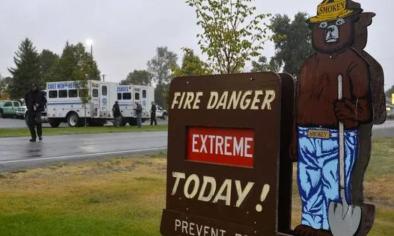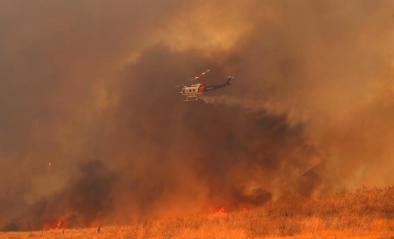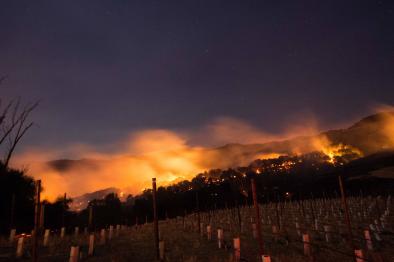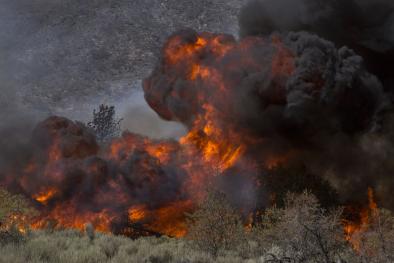2017 Fire Season Is One of Worst in 15 Years
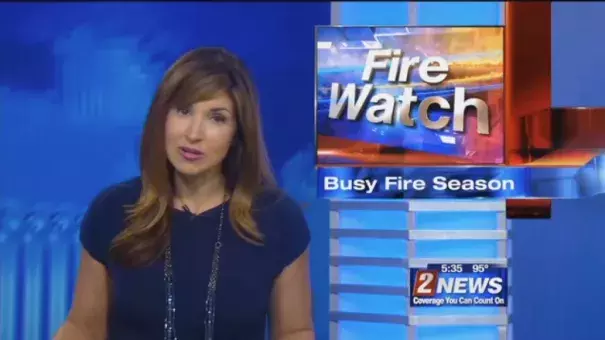
The peak of fire season traditionally runs between mid-July and September, but wildfires have already burned nearly 250,000 acres more than the 15-year annual average. Since January, fires have burned 586,800 acres in Nevada. Since 2002, the average is 340,207 acres per year.
"Right now, it's hot, dry, and has been since the middle of June," John Christopherson, Natural Resource Program Manager for the Nevada Division of Forestry said. "So things are ready to ignite."
This year's total acreage is the fifth-most in the last 15 years, with a lot of time left. Christopherson says if this trend keeps up, fires could burn 1 million acres in Nevada this year. The last time that happened was in 2006, when more than 1.3 million acres burned. Fuel loads are double, and even triple what they normally are this year, thanks to an abundance of cheatgrass.
"It's not just the load, itself, or the volume of the fuel but it's also the continuity," Christopherson said. "They're pretty much continuous and so when something ignites, it goes big."
Some of the fires are much bigger than other years. The Truckee Fire burned nearly 100,000 acres near Wadsworth, and the Rooster's Comb Fire is still burning, at more than 220,000 acres near Battle Mountain.
"This has been a year of large fires," Christopherson said. "It's burning longer, burning larger, and burning faster."
Experts predicted that 2017 would have the potential for large-scale wildland fires because of the record amount of precipitation throughout the winter.
"A wet year means a bad fire year," Christopherson said. "The high fire years track very closely, right behind the high water years."
This year is shaping up to follow that trend. Wet years tend to create more grasses, which dry up during the summer.
So far, 272 wildfires have burned in Nevada - 76% of those were human-caused.
"If we could get people to be a little more responsible and a little less careless, if you will out there in the wildlands, we could probably restrict the amount of acres that we're burning, this year," Christopherson said.
The lowest total of burned land during the last 15 years was in 2003, when just 17,582 acres burned. During the last five years, the average was only 228,584. That was also during a dry period, and wet springs may have delayed fire season.
Related Content
